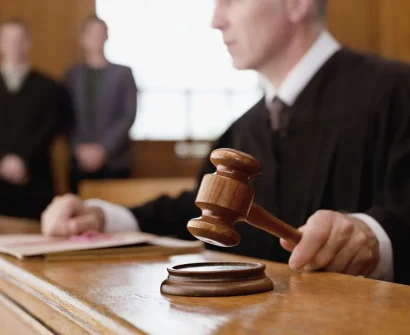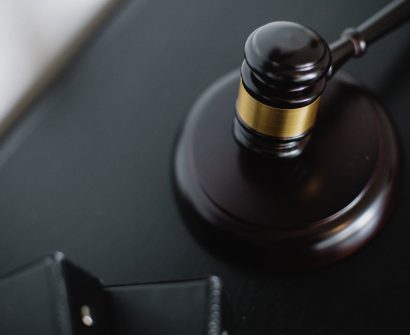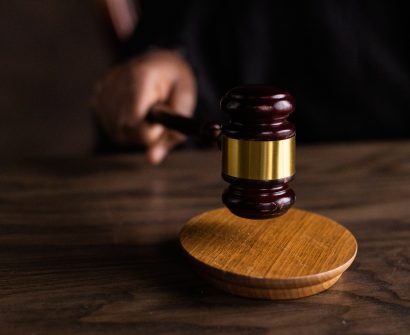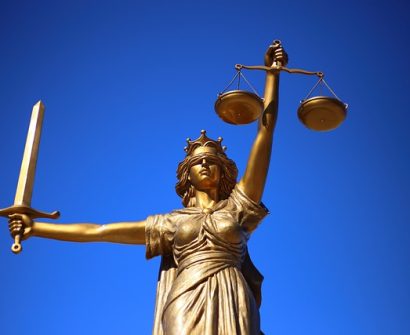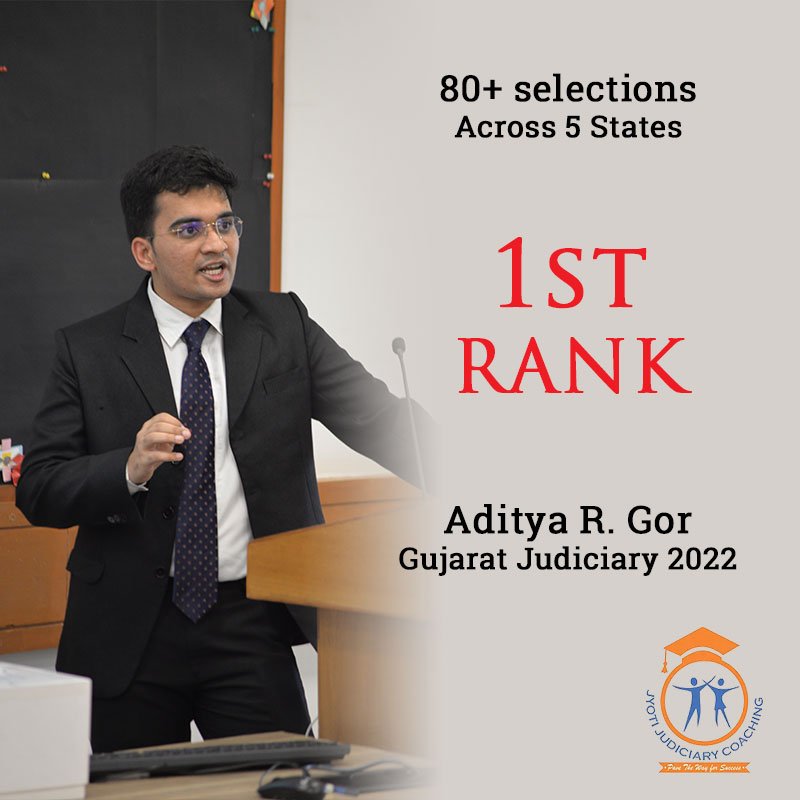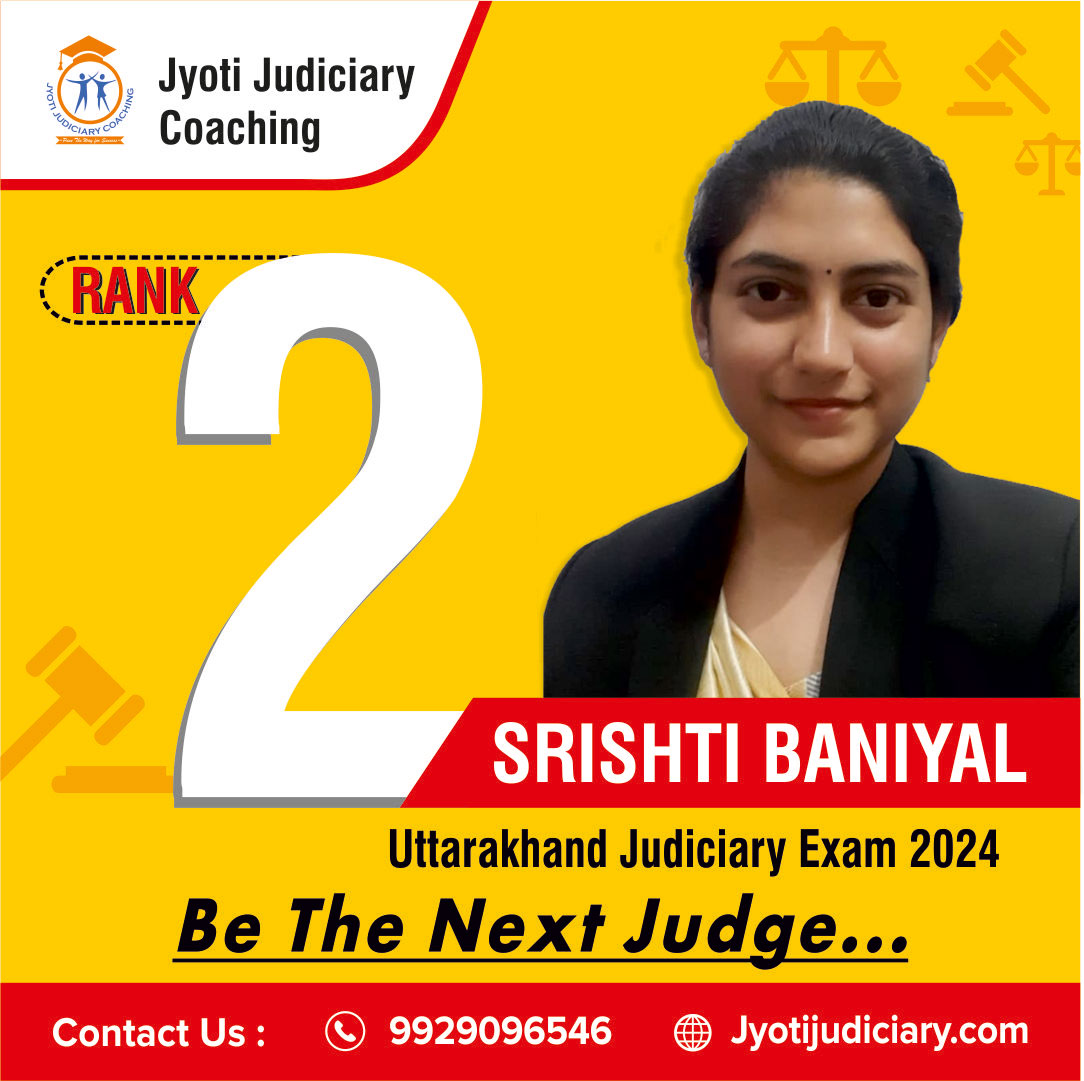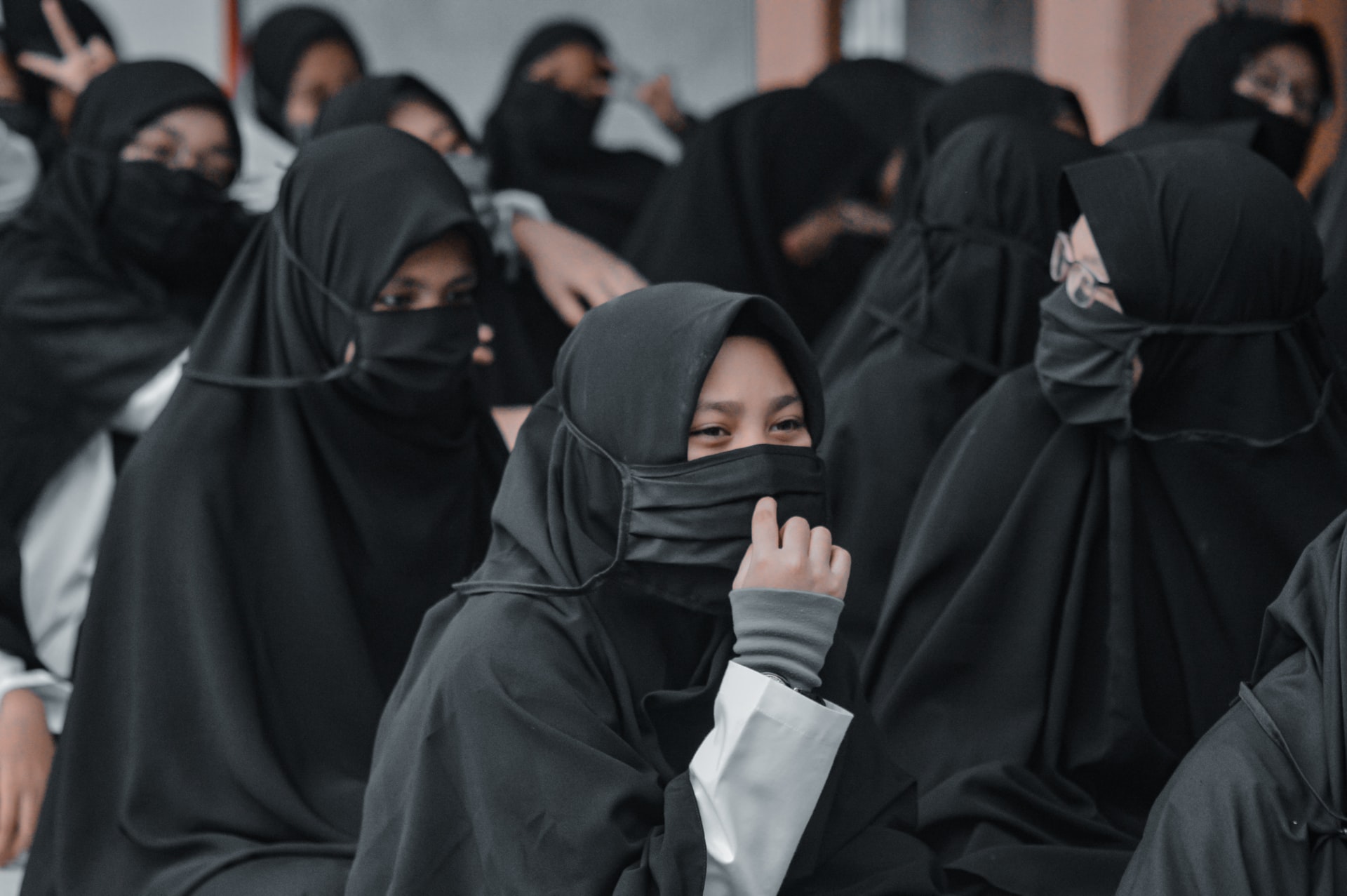
Recently the hijab has become the subject of fierce debate in India. It all started when Recently six teenage students at govt run school were banned from college in Karnataka’s udupi district for wearing hijab after a public order pased by the government . As India is the Muslim homes approx 200 mn muslims created the fear that the ban on hijab violates their religious freedom guaranteed under the constitution. The current stir throws up legal questions on the freedom of the religion given in our constitution , what are the public order and views of courts on these kind of public order and whether the the right to wear hijab or any religion depicting cloths is constitutionally protected ,
Religion protection given under constitution
Art 25 (1) of the constitution of India guaranteed the freedom of conscience and the right freely to profess , practice and propagate religion . the significance of this are “ freedom of conscience’’ means inner freedom of the individual to mold his relation
Under this article, states grant liberty to the individual which means that the state shall ensure that there is no interference or obstacles to the exercise of this freedom and individuals can freely profess , propagate and practice their religion. However, like all the rights given under the constitution this freedom also comes under the purview of the state. That means the state has the power to restrict the right for grounds of public order , decency , morality , health and other state interest.
What is public order and how court react on that
Normally public orders are connected with the public safety and peace within them. Government passes the public order for the interest of people at large to ensure their safety . but on the other hand public order is also the ground through which the state can restrict freedom up to some extent . Here we can say that public order is also one of the grounds that restrict speech and other fundamental rights including freedom given under article 25 of the constitution . According to the state list (list 2) of the 7th schedule of the constitution , the state has the power to legislate on aspects of public order.
The court broadly interpreted it to mean something that affects the community at large and not a single individual . In ram manohar lohia v. state of bihar (1965) , supreme court held that community or public at large should be affected by the particular action through public order. The contravention of the law always affects the order but to affect the public order it must affect the public at large .
Connection of public order with the hijab ban
The Karnataka government passed the public order under karnataka education act , 1983 , which does not allow the student to wear the headscarf or hijab in the educational institution for unity and integrity . aggrieved with the above order the petitioner argued in the court that the said public order is not every breach of the law and order . Public order is the aggravated form of disruption much higher than that of law and order. The petitioner has asked the state to show how wearing of the headscarf by the student could pose a public order problem . on the other hand government argued that the government regulation makes no public order ,the order in kannada use the word “ sarvajanika suvyavastha “ . government told to the high court that practice of wearing the hijab must pass the test of constitutional morality laid down by the supreme court of india in sabarimala and triple talaq case or essential religious practice test .
Essential religious practice test and objection against the same `
During the years the SC developed the practical types of tests to determine which religious practices can be constitutionally protected and which can be ignored . In 1954 , shirur mutt case SC held that the term religion will cover all the rituals and practices integral to the religion . The test to determine what is integral is termed as the essential religious practice . In several instances the court applied this test to keep certain practices out . like in 2004 , SC ruled that the ananda marga sect had no fundamental right to perform tandava dance in public streets , as it did not constitute the essential practice of the sect , while this issues are largely understood to be community based , there are also the instances in which the court has applied the test to the the individual freedom as well . for example in 2016 SC upheld the discharge of the muslim airman from the the indian air force for keeping a beard. The Armed Regulation act 1964 strictly prohibits the growth of hairs by the armed forces personnel except the personnel whose religion prohibits the cutting or shaving of the face . Under this case the court held that keeping a beard was not the essential part of islamic practice .
This test , a judicial determination of religious practices, has often been criticized by the legal experts . The first objection is that it was never planned to be tested to find out if the particular practice was essential to the practice of the religion from the matter other than the religion .
The second criticism is that the doctrine of essentially appears to allow courts to go deeply into the the scriptures pand principles of the religion or religious sect to find out if the practice or norms that is at the heart of the issue is essential . This is seen as a theological exercise which courts are forced to look into .
According to them a more satisfactory approach will be to apply the test of constitutional morality and legitimacy to the issue . applying the principle of equality , dignity and civil rights to the particular practice may be better to decide the constitutionality of the practice than the theological inquiry .
How have the courts ruled on the hijab issue so far ?
While this has been put the courts on the several occasions two sets of rulings ogf the kerala high court , perticularly on the right of the miuslims women to dress according to the tenets of islam throw up conflicting answers . since 2015 at least two petitioners were filed before the kerala high court challenging the prescription of the dress code for all india pre-medical entrance exam which prescribed wearing light clothes with the half sleeves not having the big buttons , broach , badge , flower etc with the salwar ?trouser and the slipper and not the shoes .
In this matter the court admitting the cbse argument that the rule was only to ensure that candidates would not use unfair methods by concealing object within clothes , the kerala high court directed the cbse to place additional measures for checking students who intend to wear a dress according to their religious customs but contrary to the dress code . where in amna bint basheer v CBSE (2016) the Kerala HC examined the issues more closely and ruled out that the wearing of the hijab is essential practice but here also did not rule out the CBSE guidelines . Here once again the court allowed the use of the safety methods and safeguard put forward in 2015 .
But in fathima Tasneem v. State of Kerala (2018) HC held that primacy should be given to collective rights over the individual rights of the petitioner which was different from the above cases.
Conclusion
Police and public order are the state subjects under the 7th schedule of the constitution of India and therefore it is the primary duty of the state government to prevent , detect , register and investigate the issue. On the other hand in the light of the above discussion it can be said that India is a nation of amalgamation of diverse cultures and various religions , so the role of the court to determine the ambit of the right to freedom of religion is more active .The multiplicity of religion in india warrants the need for comprehensive enumeration of restriction to the right to the religion as compared to any state. But that restriction should not restrict the freedom given under the constitution to the individual. “ both sides should seek balance , not total victory “ by elder dallin H . oak


